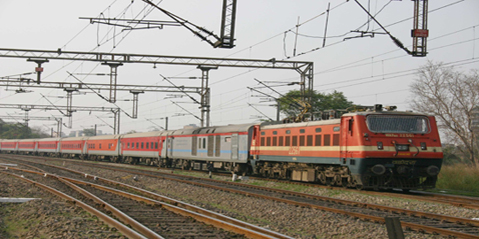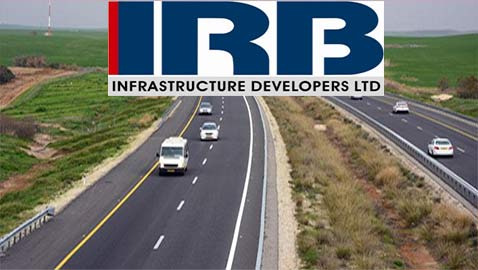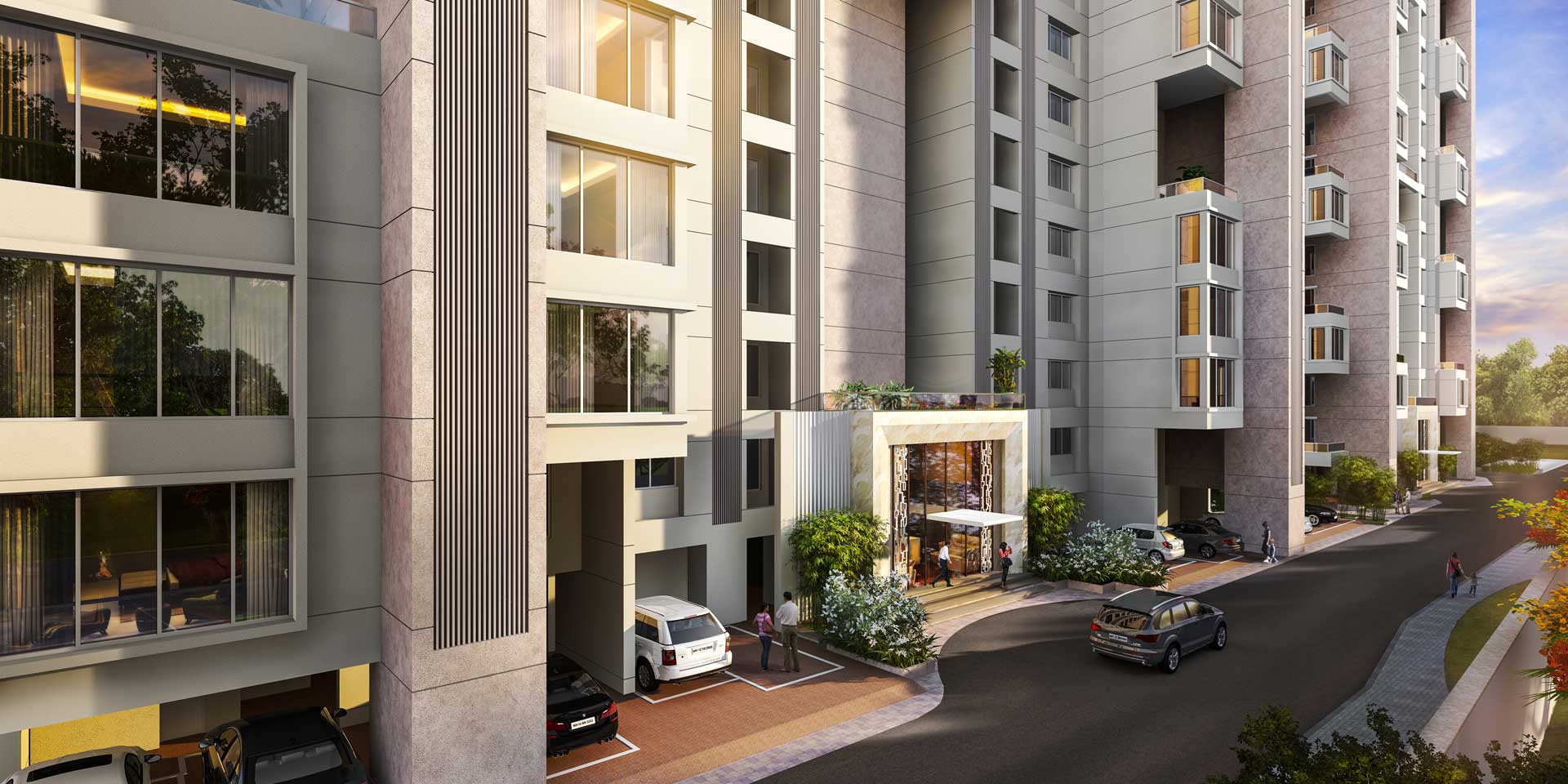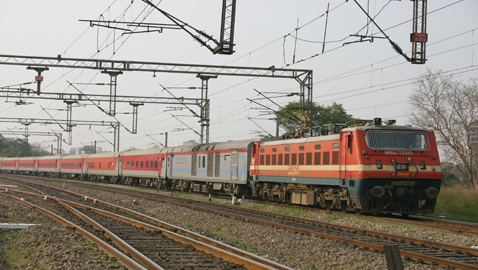
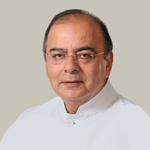
Finance Minister
In line with the focus on emerging infrastructure deficit, the biggest rail infrastructure managing departmentally-run enterprise, Indian Railways, would take the top place among central enterprises in terms of plan capital expenditure during 2015-16, overtaking the traditional high capex spenders, petroleum and power sectors.
Helped by a sharp 32 per cent hike in budgetary support and a sharper 70 per cent rise in bonds and debentures, the Railways would spend 54 per cent more on plan capex during the year. Railways has been a major claimant of the central government’s plan budgetary support and helped also by a decent feat in raising internal and external resources, it is generally maintaining a good record in meeting plan capex targets.
Roads and bridges, another major emerging capex hungry infrastructure but a heavily public exchequer funded segment, has taken second place in central plan capex plans for 2015-16, made possible by over 14-fold increase expected in external sources, particularly, bonds and debentures, and 51 per cent in budget support. In his budget presented on February 28, Finance Minister Arun Jaitley has proposed to allow tax-free bonds in railways, roadways and irrigation sectors to help raise massive debt capital.
Petroleum sector would be the third largest plan project spender during the year, and the power sector the fourth in central plan outlay for 2015-16. Plan capex in power companies would go up by 15 per cent, whereas the same in petroleum companies by just around 4 per cent. Due to cross subsidy etc., which has cramped internal resource generation and not-so-encouraging near future prospects, the plan capex in the sector during the next year would be less by around 30 per cent, as compared to a record outlay of over Rs.1 trillion in 2013-14.
Other infrastructure sectors
Among the other infrastructure sectors, the plan outlay for civil aviation and telecom services and renewable energy would be lower and that of coal and lignite would stagnate at year-ago level (BE/RE). Urban development, mainly metro rail and urban rejuvenation mission, would increase its capex by 12 per cent and housing (mainly HUDCO) 31 per cent.
Overall, plan capex on infrastructure projects, which was around 70 per cent of total Central Plan outlay of Rs.4.27 trillion during 2014-15, would increase by 35 per cent during 2015-16 (BE/RE), while the capex on other sectors would rise 37 per cent. This includes Rs.20,000 crore central plan assistance in 2015-16 to states for newly introduced special assistance by specific interventions through National Institution for Transforming India (NITI) Aayog, and around Rs.13,100-13,200 crore for iron and steel industries and northeastern region. It may, however, be noted that RE is usually less than BE, or budget expectations, for the year. Thus, total infrastructure spend during 2014-15 (RE) was 9 per cent below BE, whereas total central outlay (RE) fell 11 per cent short of BE for the year.
Total infrastructure spending through central plan, including budget support and IEBR of PSUs, would be around 2.8 per cent GDPmp, against 2.4 per cent during 2014-15. Among the individual infrastructure sector public sector undertakings, apart from the giant Indian Railways which would spend plan capex of Rs.98,365 crore, Oil and Natural Gas Corporation Ltd would be spending Rs.36,249 crore (+4 per cent), ONGC Videsh Ltd Rs.10,402 crore (-16 per cent), NTPC Ltd Rs.23,000 crore (+3 per cent), Power Grid Corporation India Ltd Rs.20,000 crore (same), National Highways Authority of India Rs.42,694 crore (+18 per cent), HUDCO Rs.15,133 crore (+27 per cent), and Indian Oil Corporation Ltd Rs.10,409 crore (+11 per cent).
By the way, infrastructure spend in the central plan, mostly capital expenditure, is incurred predominantly through PSUs, which generate huge internal resources and raise external funds through bonds/debentures, ECB, equity issues etc. Thus, meeting plan spending target is critically dependent on resource generating/raising ability of PSUs. Central exchequer is expected to meet 29 per cent of total infrastructure capex, whereas IEBR of concerned PSUs is envisaged to fund 71 per cent of the plan outlay.
Some specific inclusive projects
* Digital India (Rs.2,510 crore)
* Din Dayal Upadhyaya Gram Jyoti Yojna (Rs.4,230 crore)
* PMGSY (Rs.4,134 crore0
* Namami Gange (Rs.2,100 crore)
* Rural and Remote telephony (Rs.2,400 crore)
* Swachh Bharat Abhiyan (Rs.3,625 crore)
* Smart Cities (Rs.6,000 crore)
* Equity Investment in Metro Rail (Rs.8,385 crore)
* Delhi-Mumbai Industrial Corridor (Rs.1,200 crore)
|
CENTRAL PLAN OUTLAY ON INFRASTRUCTURE SECTORS (Rs.CRORE)
|
||||
|
|
2013-14
|
2014-15 (BE)
|
2014-15 (RE)
|
2015-16 (BE)
|
|
Railways
|
52,006
|
63,949
|
64,302
|
98,365
|
|
Roads & Bridges
|
39,612
|
38,214
|
31,037
|
85,182
|
|
Petroleum
|
106,560
|
77,600
|
72,736
|
75,385
|
|
Power
|
64,951
|
70,297
|
64,044
|
73,993
|
|
Housing
|
25,202
|
15,626
|
12,541
|
16,441
|
|
Urban Development
|
9,548
|
12,481
|
10,719
|
12,015
|
|
Coal & Lignite
|
7,380
|
9,831
|
9,575
|
9,632
|
|
New and Renewable Energy
|
3,497
|
8,547
|
8,522
|
8,332
|
|
Telecommunication Services
|
13,183
|
5,941
|
10,209
|
6,890
|
|
Civil Aviation
|
8,117
|
9,474
|
8,300
|
5,361
|
|
Other Communication Services
|
2,632
|
6,348
|
2,541
|
4,720
|
|
Ports and Lighthouses
|
3,650
|
2,864
|
2,428
|
2,593
|
|
Atomic Energy Industries
|
654
|
1,737
|
949
|
1,467
|
|
Shipping
|
356
|
1,369
|
13
|
1,136
|
|
Other Transport Services
|
90
|
150
|
85
|
573
|
|
Postal Services
|
394
|
720
|
277
|
422
|
|
Medium Irrigation
|
207
|
1,124
|
584
|
340
|
|
Water Supply and Sanitation
|
11,956
|
231
|
158
|
231
|
|
Inland Water Transport
|
129
|
182
|
77
|
207
|
|
Minor Irrigation
|
89
|
381
|
154
|
179
|
|
Flood Control and Drainage
|
146
|
293
|
158
|
153
|
|
Major Irrigation
|
0
|
0
|
0
|
100
|
|
Total infrastructure sectors
|
350,357
|
327,357
|
299,410
|
403,717
|
|
Total for other sectors
|
253,217
|
157,175
|
127,401
|
174,665
|
|
Total for all sectors
|
603,573
|
484,532
|
426,811
|
578,382
|





